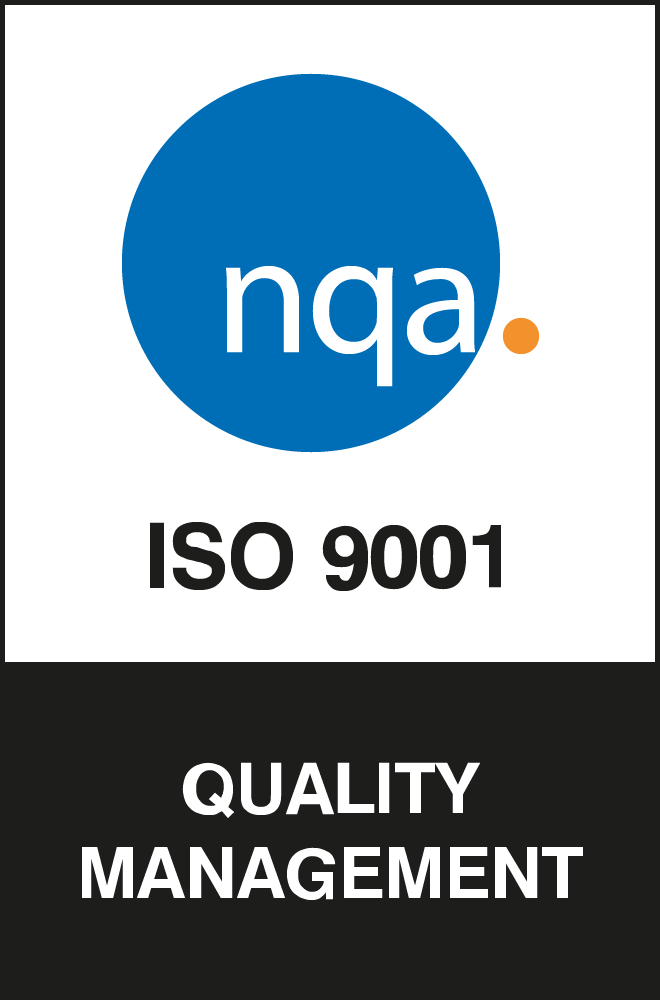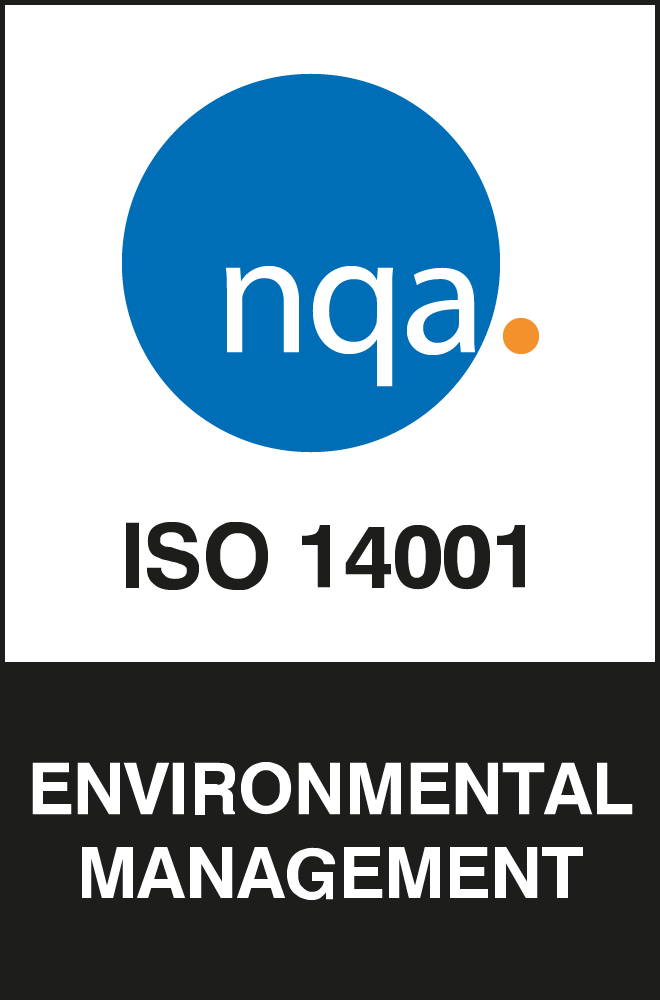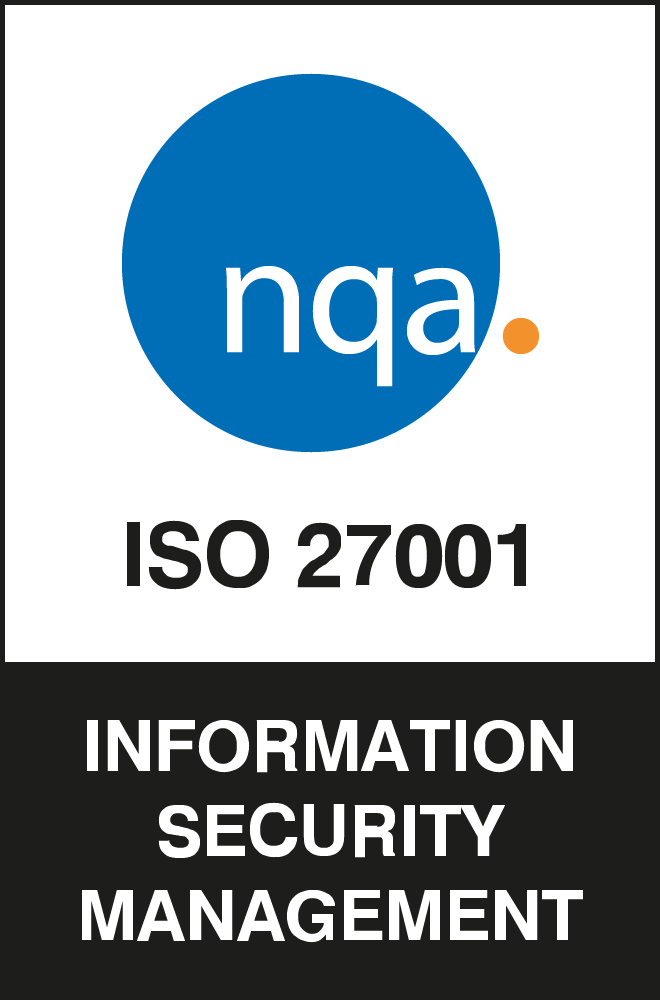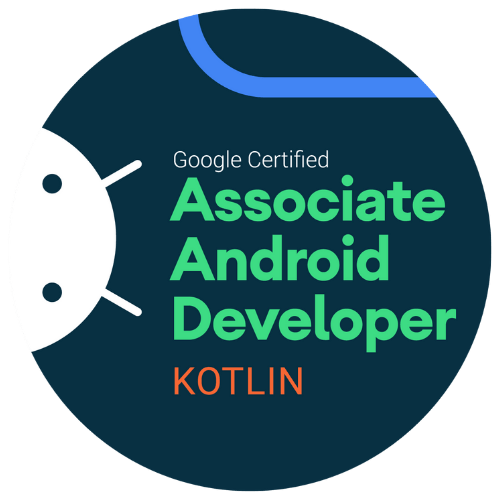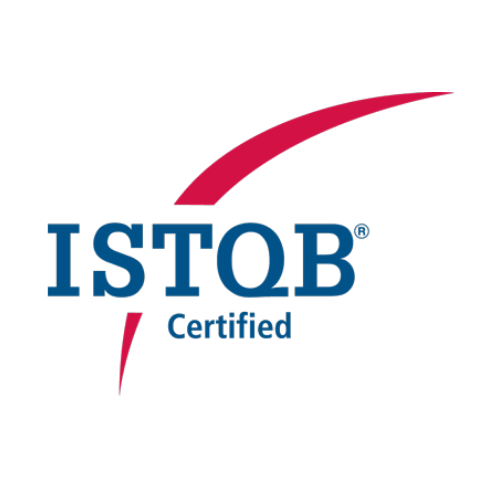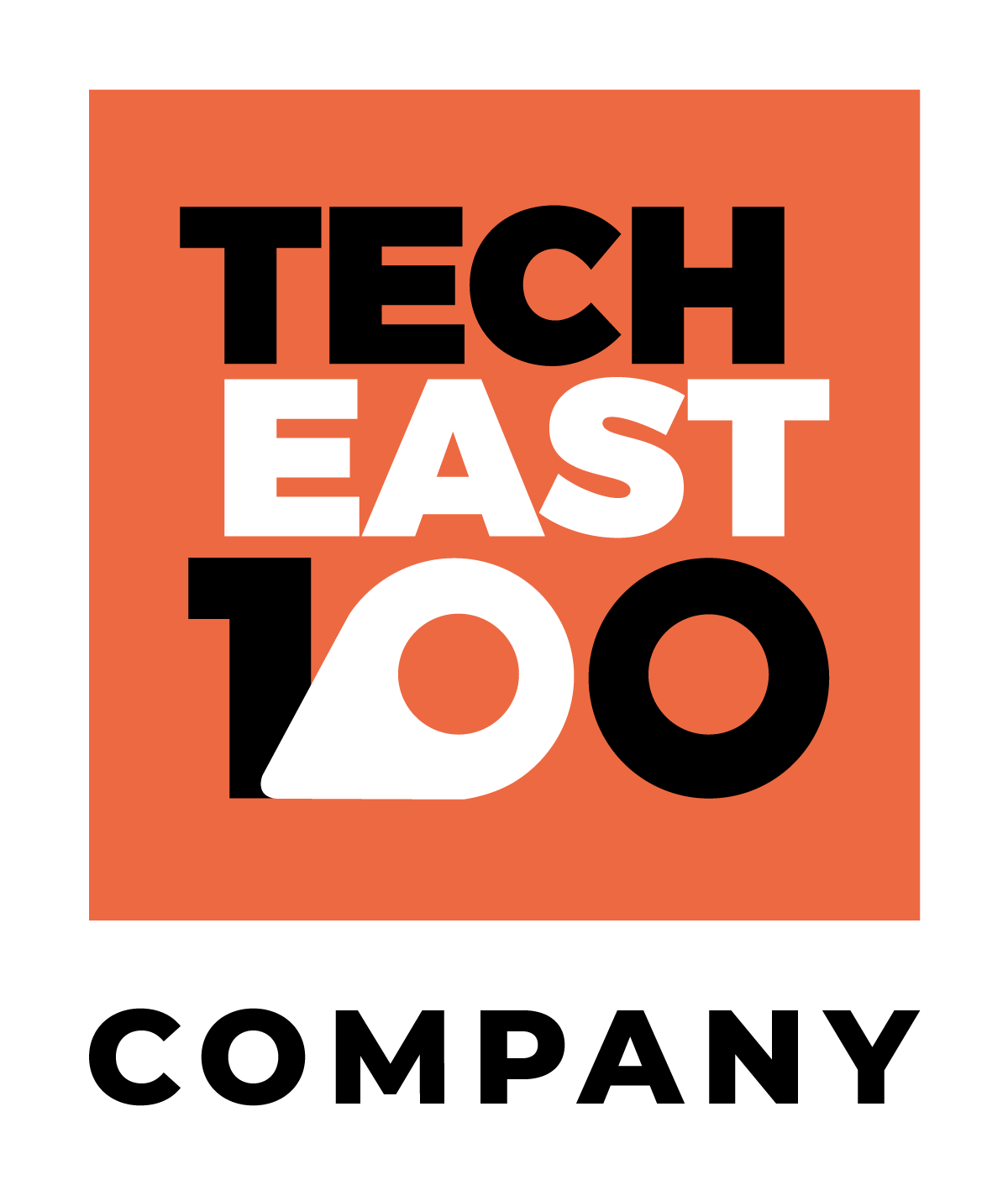Autonomy. Connectivity. These have been buzz words in the auto industry for the past few years. As could be seen at this year’s CES back in January, there’s not likely to be a shift in focus any time soon. But what does that mean for the auto industry’s tech for 2018 and how can developers help?
The concept of autonomy is dominating the vehicle technology arena. Last year Waymo’s self-driving cars began test driving on the roads with no one in the driver’s seat. In March 2018 Waymo also announced plans to test their self-driving trucks, delivering for sister company Google’s data centres in Atlanta. At CES 2018, one of the main attractions in the auto arena was the self-driving Ford Fusion, which is being used to trial driverless Domino’s deliveries. Visitors also had the opportunity to ride a self-driving shuttle bus on a 0.6 mile loop, designed by French start-up, Navya.
While driverless vehicles are hot on the agenda, advanced vehicle technology is not just about letting people relax while vehicles do the driving. There are many other exciting developments on the horizon, extending much further than the way in which vehicles are controlled. In fact, allowing occupants to interact with their cars more, not less.
Driving the Auto Industry Forward
This is a big gear shift for the automotive industry. Possibly, as Autocar highlighted after CES 2018, the biggest change since Henry Ford pioneered industrial mass production with its Model T. What’s more, automotive firms don’t necessarily have the in-house capabilities to tackle the software and technology development needed to remain competitive. The race is on for vehicle manufacturers to find companies that can partner with them to offer high quality, user-centric – and, of course, secure – technology for their autonomous and connected models.
Not surprisingly, much new technology, such as telematics and emergency call systems, is aimed at improving safety and security. However, convenience and customer experience are also key considerations. At CES 2018 several companies showcased their advanced driver alertness technology, including Nissan’s system that monitors drivers’ brainwaves to allow the vehicle to respond more quickly.
The future? It’s Super-Connected.
Autonomy, safety and security features aside, ‘connected’ vehicles are an exciting prospect. Giving passengers reliable access to the web for an enhanced in-vehicle infotainment (IVI) experience is just the beginning. The future of connected vehicles is inextricably linked with the development of the Internet of Things (IoT), or the Internet of Everything (IoE) as we prefer to call it.
As in most aspects of our lives, the aim for tomorrow’s in-vehicle experience is to achieve seamless inter-connectedness of all our devices, from mobile phones to home appliances.
It’s not just about giving access to satnav or a cloud-based music library. It’s about putting people in total control of their lives, effortlessly syncing their vehicles with their mobile, office and home technology. Freeing up time during journeys to make them more enjoyable, educational and productive.
Augmented Reality Dashboards
We’ve all been wowed by dashboards in the movies. But in-car augmented reality (AR) is no longer confined to sci-fi or comic books. Basic AR windscreen displays are already available, and it won’t be long before we have all-singing, all-dancing displays that give us a wealth of useful information, as demonstrated by several concept electric vehicles. For example, if a car is getting too close to the vehicle in front, there could be an automatic visual alarm with instructions to brake or move to the next lane. AR in fully autonomous vehicles could be used for visitor guides in cities, and to offer traffic and weather reports up ahead. The possibilities are endless.
The Road Ahead for Developers and the Auto Industry
The IoE market is predicted to grow massively and to deliver huge transformation. The next 10 years could see in-vehicle technologies develop at lightning speed. The global market for connected vehicles is expected to increase from €40.3bn in 2016 to €122.6bn by 2021. Add to this the opportunities of connected autonomous e-vehicles, and the emergence of Mobility as a Service (MaaS), already available in Helsinki. Existing models of vehicle ownership are being disrupted, heralding a new age of accessibility and sustainable transport.
With these exciting developments speeding onto the horizon and dominating the road ahead for the auto industry, it’s time for technology companies and app developers to ramp up and work with manufacturers, citizens and cities to meet the challenge.
If you would like to talk with us about connected vehicle service development opportunities, please call us on +44 1473 316868




